3rd Annual American Self-Employment Report – FreshBooks Research
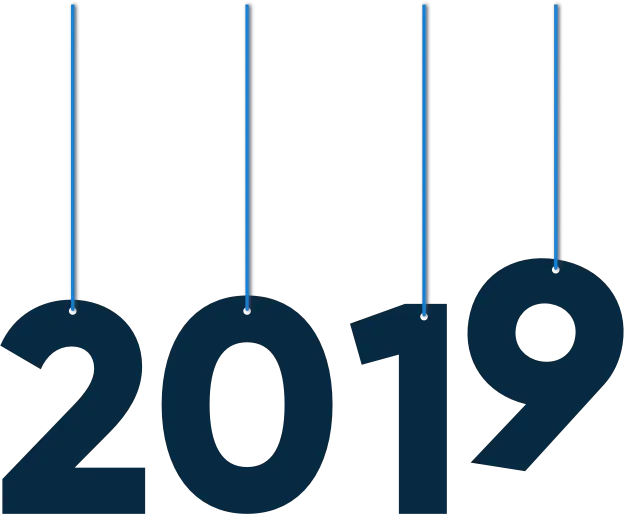
Self-employment In America Report

Introduction


Trends in
Self-Employment


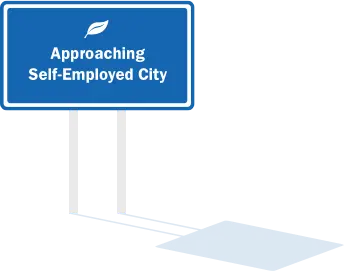
Small businesses
(and their owners)
are getting younger
| 2017 | 2018 | 2019 | |
|---|---|---|---|
| Mean Owner Age | 45 | 41 | 41 |
| Mean Age of Business | 7 | 6 | 6 |
| Owner Age at Inception | 38 | 35 | 34 |
Average annual
self-employment or small business revenue
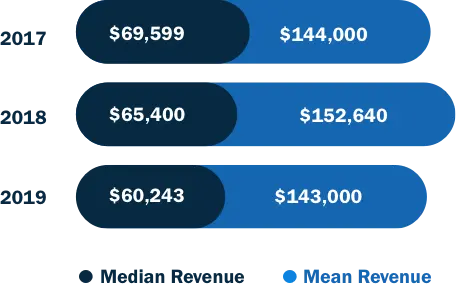
Self-employment/Small business owner satisfaction
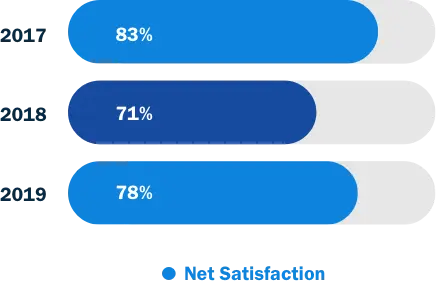
Median revenue has declined
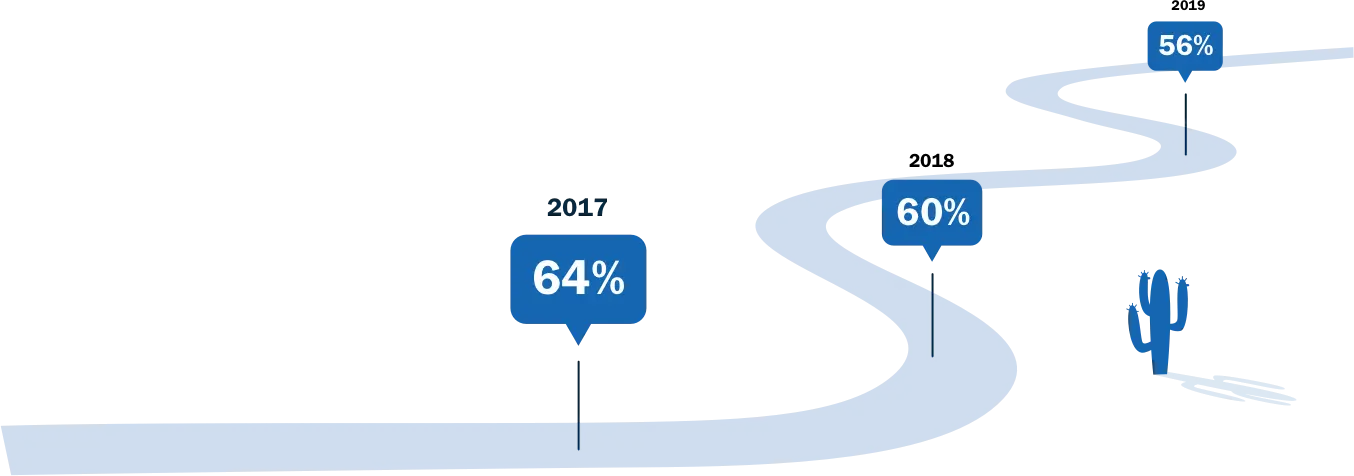
College education is becoming less of a prerequisite
Percent of self-employed professionals with college degrees
Fact #1:
Fact #2:
Percentage of self-employed who are male and female
| 2017 | 2018 | 2019 | |
|---|---|---|---|
| Male | 65% | 60% | 65% |
| Female | 35% | 40% | 35% |




A Snapshot of
Self-Employed Professionals



| How do small business owners feel about
self-employment? |
63% say money is less important than quality of life. | 61% would be satisfied with their achievements if their career ended today. | 59% will likely work past 65 because they want to (vs. have to). |
|---|
Future goals for small business owners or self-employed

Top skills required for small business or self-employment success
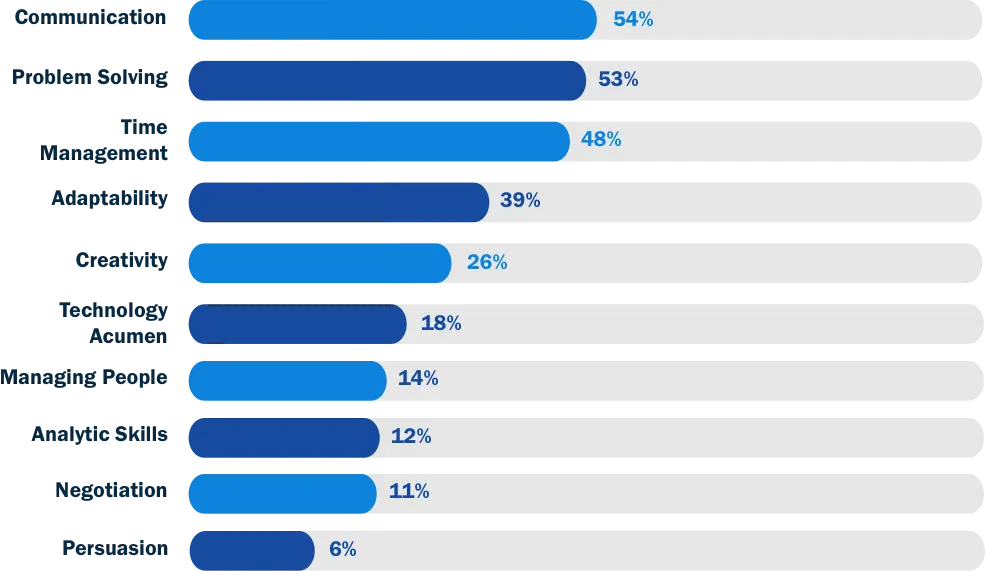



How Self-Employment Changes How People Work and What They Experience


How are self-employed professionals working differently compared to when they were employed?
They Manage
Their Time Differently
41% work in shorter bursts of time
39% work fewer hours, but say they’re more productive
They Pursue
Lifestyle Changes
27% spend more time outdoors
45% connect to their businesses from anywhere using mobile devices
They Push Their Career
Comfort Zones
42% rely more on creative instincts to make decisions
41% learn new things almost daily
35% take more risks



Talent
Tug of War





Barriers to self-employment also vary by generation
Which employees are most likely to become self-employed?

Finding talented staff or contractors is a challenge

Finding new customers is a challenge

Modern
Workforce
Motivations
What does control over your career mean to you?
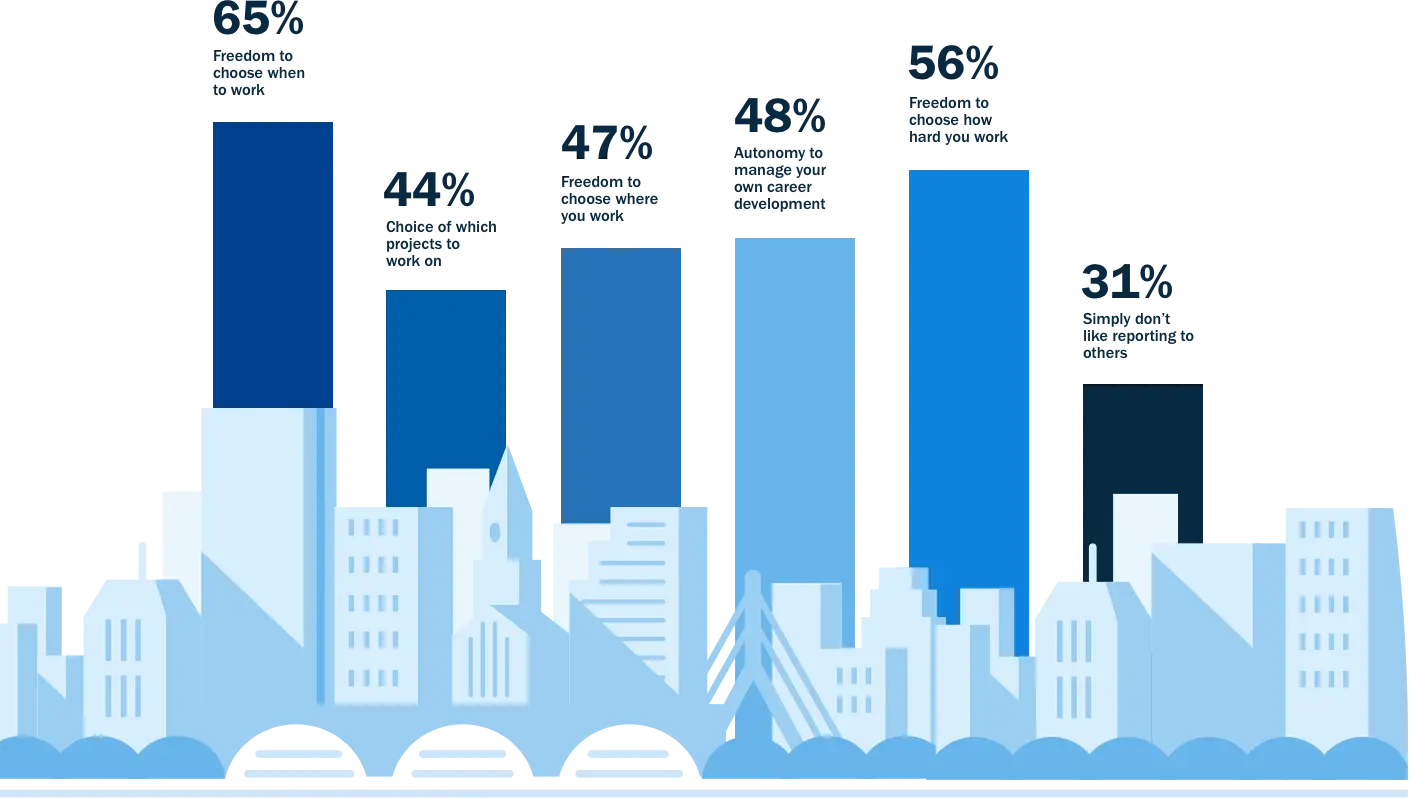

What’s truly driving the
next wave* of self-employed professionals?
14% Family
- spending more time with family
- flexibility to care for young children
- flexibility to care for aging dependents
22% Control
- choosing where to work
- choosing when to work
- managing career development
12% Change
- pursuing a different career
- shaking things up
- working with new people
22% Fulfillment
- more day-toDay happiness
- making a difference
- being more challenged
4% Negative Work Environment
- escaping office politics
- feeling underappreciated
- leaving behind a bad boss
20% Finances
- earning more money immediately
- earning more money at a later time
- having more money for retirement
6% Health
- address declining physical health
- prevent additional burnout
- address declining mental health
Traditional employees considering self-employment within 5 years







Share: